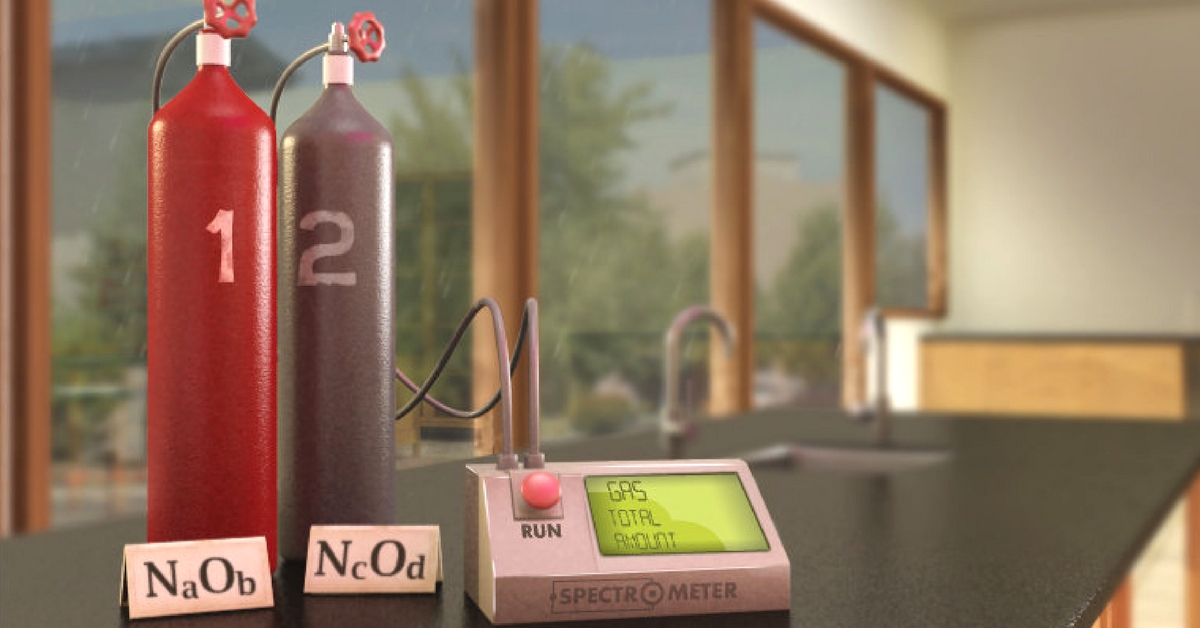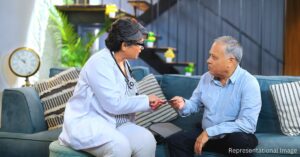User-friendly Virtual Labs are Making Their Way to IITs and Other Institutions Across India
Around 140 virtual labs have been set up in these institutions to help students from various disciplines, such as electronics and robotics, to make up for the lack of physical labs.

About one hundred and forty virtual laboratories have been set up in the IITs and some partner institutions across India under a project that is funded by the ministry of human resource development and coordinated by IIT-Delhi, the Times of India reported.
A virtual laboratory is a computer-based activity where students interact with an experimental apparatus or other activities via a computer interface.
Students can work in these labs for free. The move also benefits non-IITians, from the partner institutions, who may not have had the chance to work on such projects because of the unaffordability of state-of-the-art equipment.
Faculty members who helped design the labs said it was about time the internet was leveraged in such a way to benefit students, who would have otherwise been excluded from such opportunities.

Students across several disciplines ranging from electronics and robotics to biological sciences will be able to choose suitable labs for their experiments.
You may also like: IIT Kharagpur Invents Low-Cost Dirt Detector That Alerts Authorities When a Place Needs Cleaning
“As students have to work their way forward in a virtual lab without any guidance, we have kept instructions and directions at every step,” said IIT-Kharagpur’s C S Kumar, who is in-charge of setting up the labs, to the Times.
It is said to be user-friendly and interactive, employing concepts of 3D modeling, visualization, manipulation, and control.
The Times article did not say who the partnering institutions were.
So how well do virtual labs fare? This is an excerpt from a review of a virtual lab experiment, “If your goal involves learning complex psychomotor skills and/or learner decisions or actions based on tactile or olfactory sensory cues, you may want to stick with a hands-on environment or a combination of hands-on and virtual learning landscapes.”
Like this story? Or have something to share?
Write to us: [email protected]
Connect with us on Facebook and Twitter.
NEW: Click here to get positive news on WhatsApp!

Similar Story

Startup’s Innovation Could Help Millions Get Access to Better Brain Health At Home
Ivory, a pioneering age-tech startup founded by Issac John and Rahul Krishnan, aims to redefine the ageing experience by focusing on better brain health, through neuroscience-backed assessments, interactive games, and personalised solutions.
Read more >
If you found our stories insightful, informative, or even just enjoyable, we invite you to consider making a voluntary payment to support the work we do at The Better India. Your contribution helps us continue producing quality content that educates, inspires, and drives positive change.
Choose one of the payment options below for your contribution-
By paying for the stories you value, you directly contribute to sustaining our efforts focused on making a difference in the world. Together, let's ensure that impactful stories continue to be told and shared, enriching lives and communities alike.
Thank you for your support. Here are some frequently asked questions you might find helpful to know why you are contributing?


This story made me
-
97
-
121
-
89
-
167












